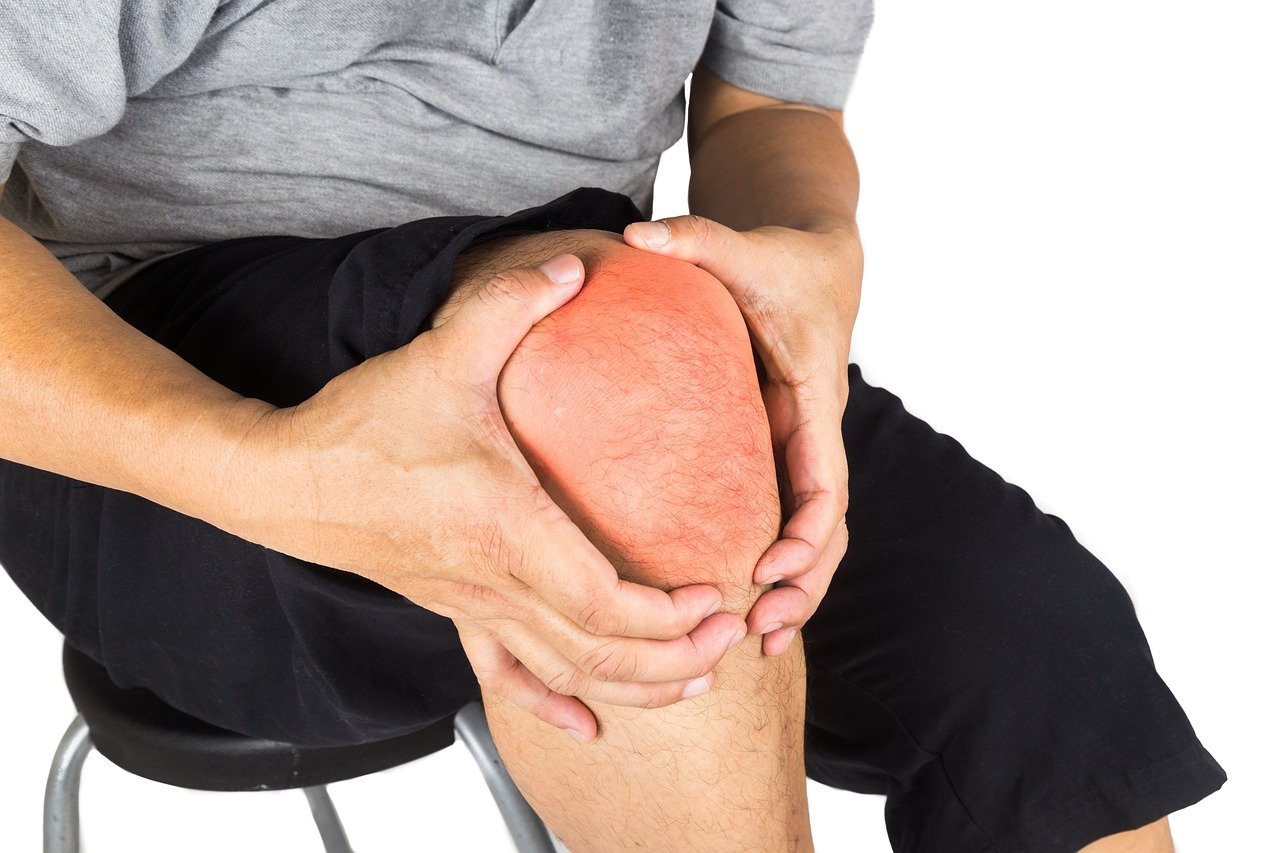Lifestyle Modifications
Nutrition and Chronic Pain
Nutrition plays a pivotal role in the management of chronic pain, influencing both the body’s inflammatory response and overall well-being. The foods we consume can either exacerbate pain or contribute to its alleviation. A growing body of research suggests that certain dietary patterns can significantly impact pain perception and frequency, making nutrition an essential component in chronic pain management. Understanding how specific nutrients and food choices interact with bodily processes can empower individuals to make informed dietary decisions that may lead to improved pain outcomes.
Inflammation is a common underlying factor in many chronic pain conditions, such as arthritis, fibromyalgia, and neuropathy. Diets rich in anti-inflammatory foods have been shown to help reduce inflammation, thereby potentially decreasing pain levels. Foods high in omega-3 fatty acids, such as fatty fish, flaxseeds, and walnuts, are particularly beneficial. Additionally, incorporating a variety of fruits, vegetables, whole grains, and legumes can provide essential vitamins, minerals, and antioxidants that combat inflammation. Conversely, diets high in processed foods, refined sugars, and trans fats can contribute to heightened inflammation and worsen pain symptoms.
Moreover, the relationship between gut health and chronic pain cannot be overlooked. The gut microbiome, which consists of trillions of microorganisms living in the digestive tract, plays a crucial role in immune function and inflammation regulation. Emerging research indicates that a healthy gut microbiome can positively influence pain perception. Probiotic-rich foods like yogurt and fermented vegetables, as well as prebiotic foods such as garlic, onions, and bananas, can promote a balanced gut microbiome. This connection between gut health and chronic pain underscores the importance of a diet that supports digestive health as part of an overall pain management strategy.
Hydration also plays a significant role in managing chronic pain. Adequate fluid intake is essential for maintaining joint lubrication and preventing muscle cramps, both of which are critical for individuals suffering from chronic pain. Dehydration can lead to increased muscle tension and discomfort, exacerbating pain symptoms. Drinking sufficient water and incorporating hydrating foods, such as fruits and vegetables, can help maintain optimal hydration levels and support bodily functions, ultimately contributing to improved pain management.
In conclusion, nutrition is a powerful tool in the fight against chronic pain. By focusing on an anti-inflammatory diet, promoting gut health, and ensuring proper hydration, individuals can take proactive steps toward managing their pain. While dietary changes alone may not eliminate chronic pain, they can significantly enhance the effectiveness of other treatment modalities and improve overall quality of life. As individuals embark on their journey to manage chronic pain, integrating nutritional knowledge into their daily routine can be a transformative step toward reclaiming control over their health and well-being.
Exercise and Physical Activity
Exercise and physical activity play a crucial role in managing chronic pain, serving as both a therapeutic tool and a means to improve overall quality of life. While the prospect of physical activity may seem daunting for those living with chronic pain, it is vital to recognize that movement can significantly alleviate symptoms and foster resilience. This section aims to demystify the relationship between exercise and chronic pain, providing insights into safe practices, the benefits of movement, and ways to incorporate physical activity into daily routines.
Engaging in regular physical activity helps combat the physical deconditioning that often accompanies chronic pain conditions. Many individuals may avoid movement due to fear of exacerbating their pain, leading to a cycle of inactivity and heightened discomfort. It is essential to understand that gentle forms of exercise, such as stretching, walking, and low-impact aerobics, can enhance flexibility, strength, and endurance without overwhelming the body. Gradual exposure to movement allows individuals to reclaim their physical capabilities and fosters a sense of empowerment in managing their condition.
In addition to the physical benefits, exercise has profound psychological advantages that can aid in pain management. Physical activity is known to release endorphins, which are natural pain-relieving chemicals produced by the body. Regular engagement in exercise can lead to reduced feelings of anxiety and depression, common among those with chronic pain. Moreover, the routine of exercising can instill a sense of purpose and accomplishment, which can significantly improve mental well-being. This holistic approach to health emphasizes the interconnectedness of body and mind in the journey toward managing chronic pain.
It is important to approach exercise with a tailored mindset, recognizing that each individual’s experience with chronic pain is unique. Consulting with healthcare professionals, such as physiotherapists or exercise specialists, can provide invaluable guidance in developing a personalized exercise plan. These professionals can help identify appropriate activities that align with one’s capabilities and limitations, ensuring that the chosen exercises are safe and effective. Listening to one’s body and adjusting the intensity and duration of activities is critical to avoiding injury and preventing setbacks.
Incorporating physical activity into daily routines does not need to be overwhelming. Simple strategies, such as taking short walks, participating in a gentle yoga class, or even engaging in household chores, can effectively increase movement levels. Setting realistic goals and celebrating small achievements can foster motivation and a positive outlook. As individuals gradually integrate exercise into their lives, they may discover new ways to enjoy movement and connect with their bodies, ultimately leading to enhanced well-being and improved management of chronic pain. Through understanding the profound impact of exercise, individuals can take significant steps toward reclaiming their lives from the grips of chronic pain.


No responses yet